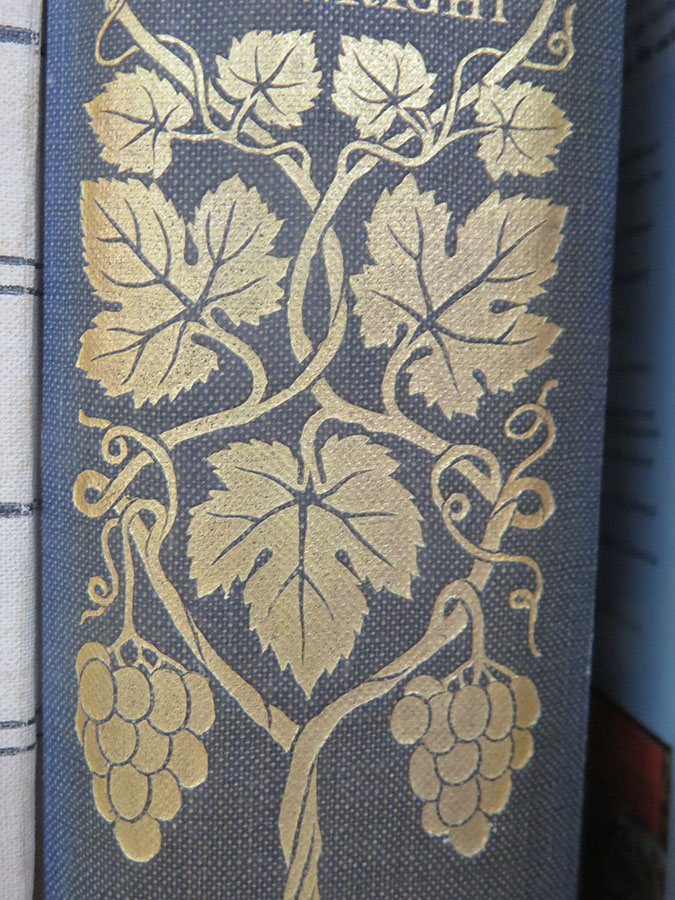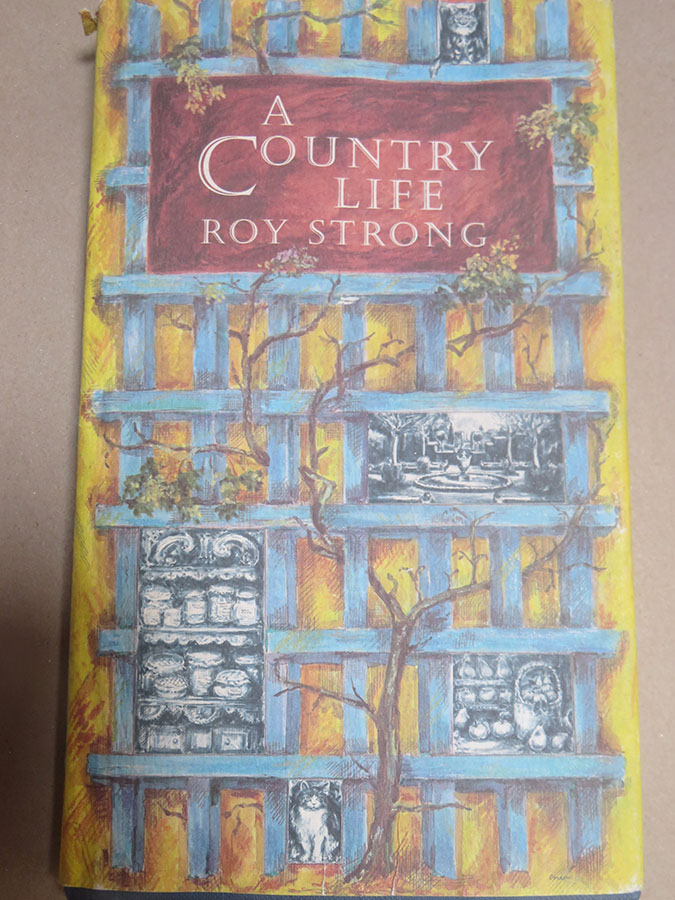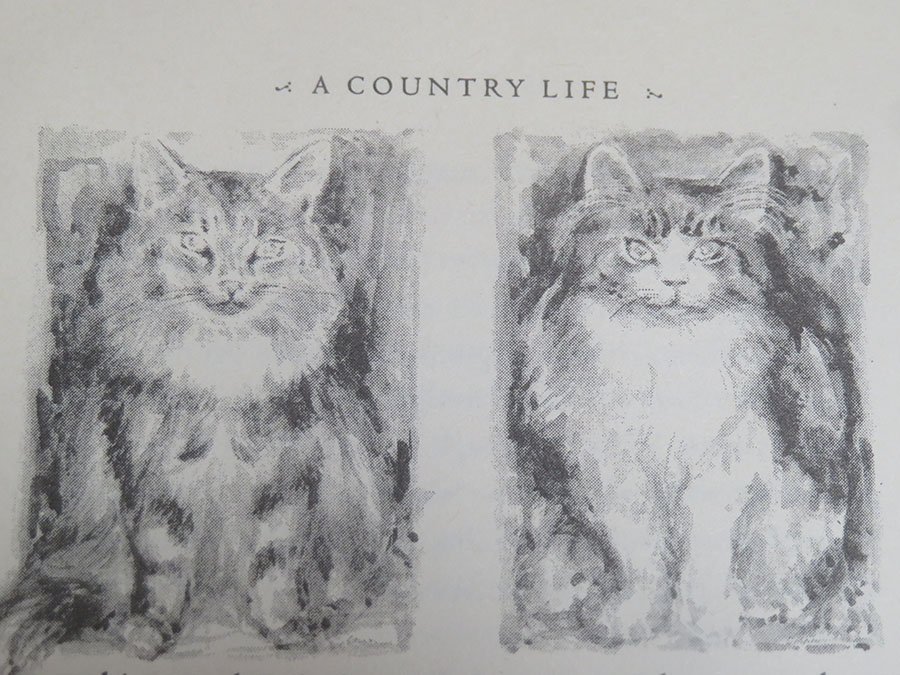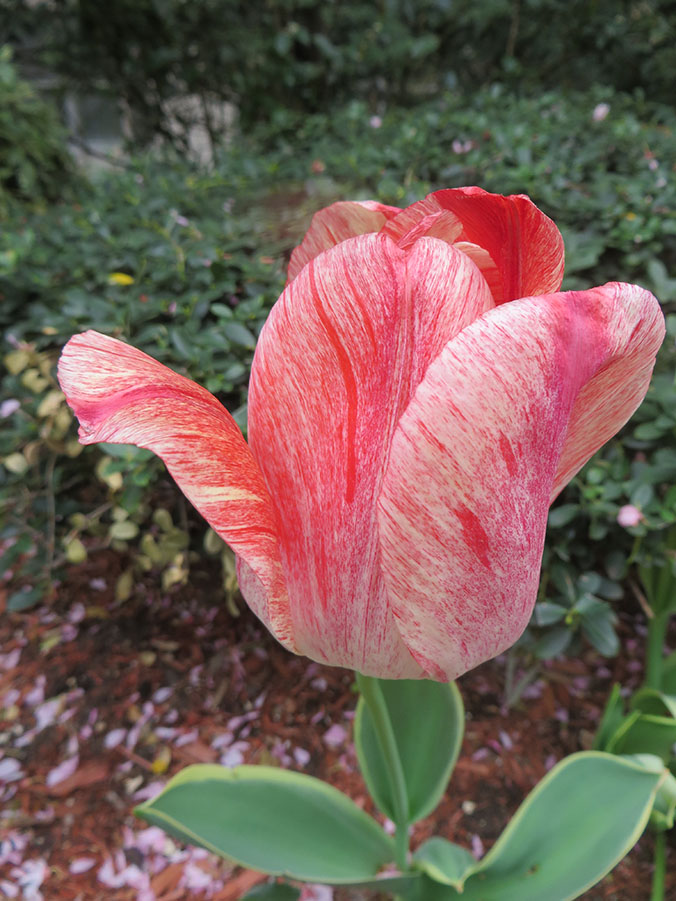
Traveling this past summer, as always I took books with me, and as always, bought more along the way. Though I also brought a Nook e-reader, I got held up in the TSA line because I didn’t remove it from my carry-on for scanning; the agent could hardly believe this dame who’d forgotten she owned such a thing.
Typical! For I love books. Real, physical books.
And bookstores.
Such as Herridge’s Used Books in Wellfleet, on Cape Cod, where once again I encountered one of the many reasons I go to independent bookstores: a find I couldn’t have planned, a book I’ve might otherwise never have known about.
Occupying the front of a house, Herridge’s is heavily shaded by trees and stands a parked-car away from the road at a local intersection. Once in, you’re closely surrounded by aisles and packed shelves of second-hand books under a low ceiling. On this cloudy day, there was little sunlight. And Herridge’s is not just independent, it’s idiosyncratic. I’d almost bet that its selection of categories amounts to something like the chosen book selection of a certain reader or two. In prime space, a whole shelf of Thoreau stands right next to Cape Cod books, and turn to one side, here’s a multi-shelf assortment of beach reads. Of course there’s a large selection of fiction, also mysteries, and for a small bookstore, a (to me) surprisingly large section of sci fi. At the back corner, steps lead down to a basement, with a prominent sign saying “Please use the railing.” As I navigated the narrow, curved shaft, I thought, I don’t need to be told this.
Down below, I found more shelves, rather dim light on this gray day, and an almost claustrophobic feeling. Yet few stores offer as wide-ranging and well-arranged shelves of literary essays, However, by this time tired from the day and the humidity, I found myself with less patience than usual, ready for home, so was just about to start back up the Hobbit stairway, when I saw an unusual cover, one of several books laid out on a table.
Hmmn . . . what’s this?

From its front flap, I learned that A Country Life “. . . a wide-ranging kaleidoscope of memories and evocations, embracing the countryside, gardens, cooking and remembrances of things both long gone and only yesterday.” Glancing down, I found, “£14.99 net in UK only.” The price, penciled in on the frontispiece, was $5.00.
And who was Roy Strong? On the back flap, I learned that he’s a prominent public figure, a critic and writer who’s been the director of the Victoria and Albert Museum. Cover and drawings in the book are by Mr. Strong’s wife, Julia Trevelyan Oman. Published in 1994, the book concerns their English country estate in Herefordshire called “the Laskett” and its many short pieces were first published in Country Life magazine. As for that name “laskett” is a word in the local (Herefordshire) dialect, meaning a strip of land “without” the parish—that is, outside a particular village.
Yes, reader, I bought the book.
And throughout our three weeks on Cape Cod—and ever since– the book has been my ticket to drop in on the Strongs.’ I can stop by anytime, dip in here, trespass there.
As though I were sneaking around in the bushes, I flipped through the pages one evening and came upon this sentence. “Each morning we open the back porch door to call in the Reverend Wenceslas Muff.” Now who on earth bears that amazing name? I soon found that “Muff” is a beloved cat. Sadly, partway through the book Muff dies and is greatly mourned; more happily, I meet his successors, who are interestingly enough, American coon cats.

A Country Life, though, isn’t just some endearing little tome about cats and kittens, nor just the vagaries of gardening. It’s a sharing of an existence. The Strongs shape their lives and their surroundings, making a home. “. . . full of decorative clutter arranged to charm but not impress, and solidly based on the demands of comfort.”
Rather than saying the equivalent of “Have a seat! Cup of coffee?”, Mr. Strong (and he is Sir Roy Strong) suggests, “This is what it’s like here, you might enjoy finding out a bit of what we like.”
Yet you might ask, “Well, so what? With all the war and conflict in the world today, and your own involved life, why should anybody’s privileged country estate life make any difference? Why on earth do you care?”
Well, my own English background, for one thing; my maternal grandparents came to America in 1904 and from my early days, my grandmother cast an English spell over my thinking. I still have beloved relatives in the UK. In addition, the book also calls up my reading over the years, as well as my own English travels.
But there’s more: I care to read this—and that I found it in the first place—because I’m simply delighted by the experience. The freedom of exploring an existence different from mine, and a place I’ll probably never go.
I watch the Strongs work with the gardener and themselves trim vines and climbing plants. “We really should purchase a small rolling gantry before I fall off the light metal-alloy ladder on top of which I balance, pruning with my right hand while my left clutches hard onto anything in proximity.” For a moment, I’m holding the ladder steady for him.
Or, worrying that he’s gone out on a limb. For one of the primary ways I enjoy a book or author new to me is to Google her or him. Professionally, Mr. Strong has been at the center of controversy, and recently so has the Laskett’s garden. Now open to the public, though only to groups, I find that some English horticultural critics don’t entirely approve of it. Much of this morning, I essentially spent down a rabbit hole at the Laskett, in the process learning about English gardens and their cultural significance.
All the while, I’m allowed to join in the Strongs’ lives. And are they so different from mine? On page 108 I felt a sudden surge of sympathy. “Everything went according to plan—except for the painter. No amount of telephoning, not even a telegram could elicit a response. ‘Oh, yes,’ said the person who recommended him, ‘he does take rather a lot of holidays.’”
Free to read a piece or two, whenever I want, I can react at will. Rejoice at the new cats and their carefully observed habits, or marvel at how annoyed Sir Roy gets when he discovers a single red tulip among the ordered lot of yellow ones. Poor dear! I’d find that rather charming. Yet I feel with him and his wife during “the grimmest months, January and February, . . . lustreless rain-sodden weeks which seem interminable.” Throughout, I react as he observes “the nobility and beauty of ordinary things” in his daily life.
So I give thanks that I found his book at Herridge’s. Like every bookstore, it’s a garden of books. Not only are the books out there, but also, every so often I find one that amounts to a blooming red tulip! Ready to take root when I open its covers and read.


Hi Sally,
I enjoyed this very much. It reminded me of an attorney I worked with in San Diego. Most days I had my lunch at my desk. But occasionally she would be at home at lunch time and we would sit outside together and eat. I would always delight in the riot of her English garden.
Thanks so much, Helen! Sometime I’ll also write about my friend V’s garden – English plus her unmistakable personality. She really taught about how creative gardening can be.
Love to you, friend —- Sally
Delightful reading, Sally! Thank you for taking us with you to the Strong’s country estate.
Hi, Marlene – sorry for the delay in answering – “technical” problems. wish I could go to a place like that with YOU! Sally